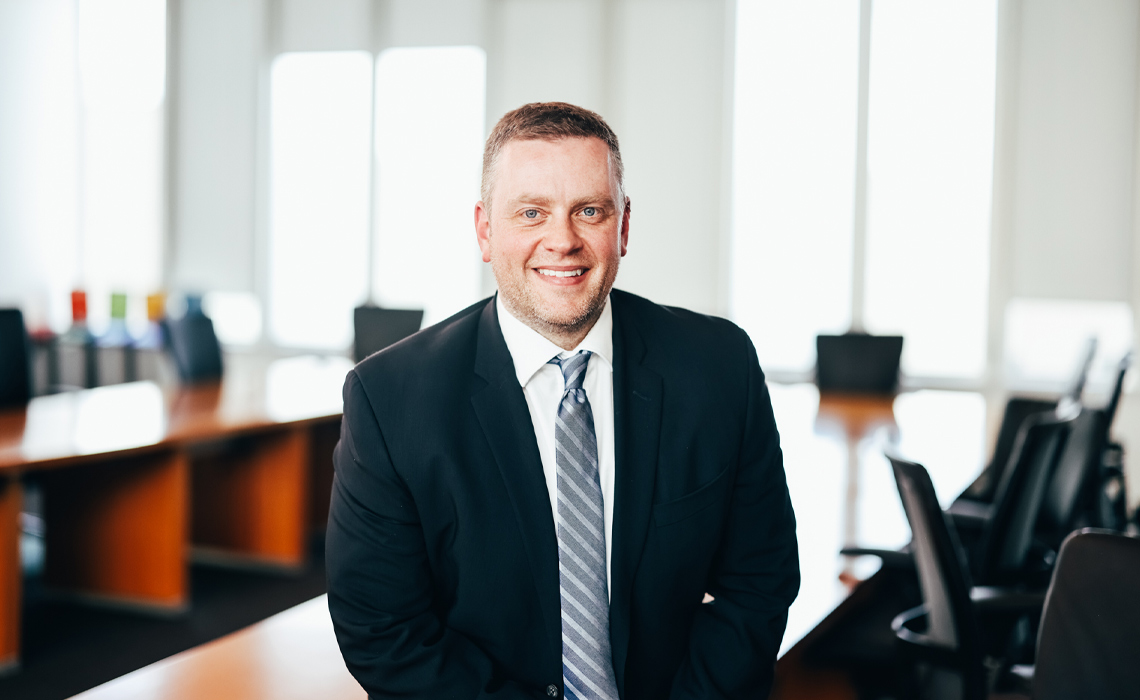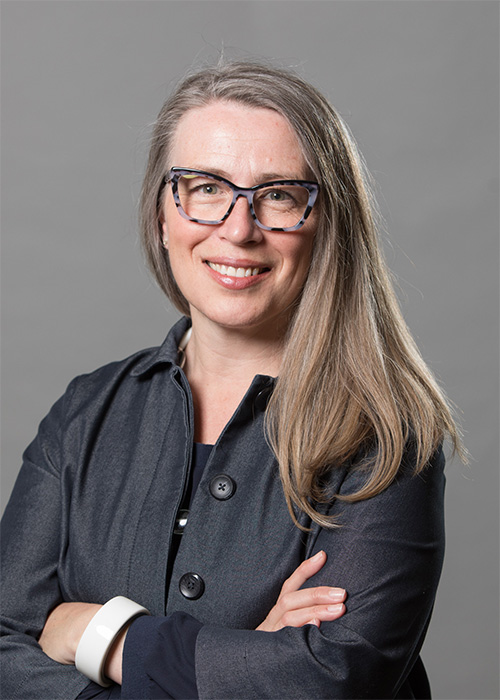Creative sentencing funds research at three post-secondaries

An MRU researcher is taking part in an important project that will help improve worker safety in the province.
Dr. Matthew McLarnon, PhD, is among the researchers from a trio of Alberta universities who will be looking into how several human and workplace factors are associated with workplace safety behaviour.
The project was spurred by a tragic event. In July of 2022, a 26-year-old contractor named Brandon Nelson died performing routine maintenance at Suncor’s Base Mine north of Fort McMurray. Three companies were convicted in the death and fined in early 2025.
Instead of those fines going to the province, $1.24 million is being used to fund this research through creative sentencing.
Section 49 of the Occupational Health and Safety (OHS) Act allows the Courts additional powers to divert funds that would otherwise be paid as fines to instead go to third-party recipients that promote workplace safety. The funds can be used for initiatives such as research, training and education programs, scholarships for studies in OHS and related disciplines, non-profit organizations for worker health and safety, along with any other purpose that the Courts see fit.
Most provinces have some form of creative sentencing in place, says Doug King, criminal justice professor at MRU.
“Creative sentences often supplement other forms of punishment by requiring the offender to take remedial action to prevent similar harm from happening in the future,” King says, adding that funded research can be targeted at environmental protection initiatives and improving occupational safety.
He also points out that the use of creative sentences is relatively uncommon, with fewer than 20 in Alberta over the past five years.
“Any time we can invest in the future health and safety of workers it is money well spent,” says Dr. Rachael Pettigrew, PhD, associate professor and chair of the Department of General Management and Human Resources.
Pettigrew adds that McLarnon’s research expertise will be extremely valuable on this project.
“Dr. McLarnon is known for his extensive research partnerships and multi-institutional collaborations and his contribution on this project will further highlight the research excellence that is thriving across the MRU campus.”
Out of the dark, comes the light
McLarnon notes that the project is multi-faceted and relies on a group of multi-disciplinary experts.
It’s being led by the University of Calgary’s Dr. Thomas O’Neill, PhD, who is an organizational psychologist and professor with UCalgary’s Department of Psychology, but will also include experts from Haskayne School of Business and Schulich School of Engineering as well as the University of Alberta’s Alberta Business School and Faculty of Engineering.
The project is in its early stages.
“We are targeting in-depth exploration and analysis of human factors like a person’s individual risk tolerance, attitudes towards safety and perceived control over their safety, as well as organizational factors like the relationship and communication quality with their supervisor, trust within their team/crew, and their perceptions of time pressure and pressure to perform the tasks involved with their job,” McLarnon says.
Knowing that this research stems from the loss of a life on a jobsite, he notes how critical it is to take every step possible to prevent accidents, injuries and fatalities in the workplace.

“Our research will equip companies, managers, employees and other academics with insight into policies and practices that can be implemented to further reduce the likelihood of serious injuries and fatalities in the workplace.”
Some of the researchers will also be looking into the more mechanical side of rigging and housing practices. Together, their work will help develop industry tools, recommend standard practices and establish an OHS research institute model for Alberta.
Pettigrew says multi-disciplinary teams and collaborations between academia and industry are key to conducting high-impact research.
“Involving voices from industry or disciplines outside one's own area of expertise helps influence strong research design, shed light on different perspectives of the problem being explored, and highlight all the potential impacts and applications of findings.”
McLarnon calls his work on the project humbling.
“This is an incredibly important project, perhaps one of the most critically important projects I've ever been a part of. I am hopeful our work will do some good to improve workplace practices, and will help extract something positive from the tragedy that took Brandon Nelson's life in 2022.”
Another key part of the research is the involvement of Nelson’s family, who have met with O’Neill. They have been invited to take part however they feel comfortable.

